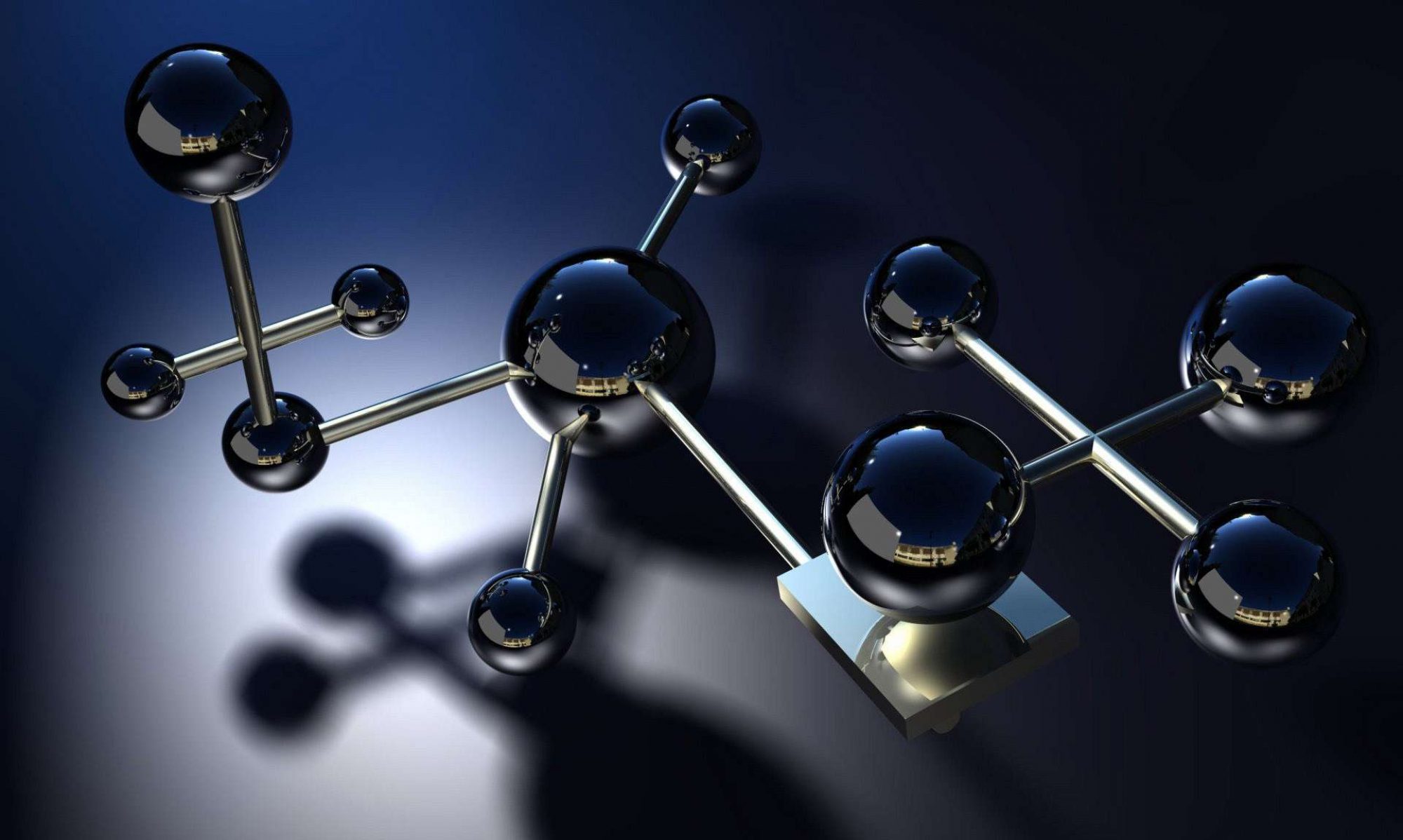One of my favourite aspects of classroom teaching was doing engaging demos that were both fun and educational. Chemistry of course lends itself ideally to this type of learning with a myriad of possibilities in terms of both chemicals and  chemical interactions. One challenge however, is the time it takes to set up the demo and then the dismantling and cleanup involved. So I always searched for and developed demos and activities that were a balance between learning, excitement and efficiency.
chemical interactions. One challenge however, is the time it takes to set up the demo and then the dismantling and cleanup involved. So I always searched for and developed demos and activities that were a balance between learning, excitement and efficiency.
Another challenge is engaging all of the students with the demo in such a way that the entertainment value does not overshadow the concepts being illustrated. For those of you teaching Chemistry 12, if you are still doing acids and bases, here is one of my favourite demos/activities for actually engaging students in an entertaining and educational way that is really easy and simple to set up.
Investigating Salts and Hydrolysis
Ideally, this activity would be done completely by the students after they have learned the basics of acid/base hydrolysis. However, given time constraints and the cost and cleanup of chemicals, this combined activity and demo is an excellent alternative. I start by putting the students in groups and handing out this data table. Students are instructed to find or calculate Ka and Kb as required and to determine the relative acidity of each solution: acidic, basic or neutral. All students should be able to do this part relatively easily.
Once they know all of the relative acidities the next challenge is to analyze K values and actually rank the solutions from most acidic to most basic. You might offer a bonus mark or two to the teams that are able to get the exact order correct. (Don’t worry there is an anomaly built in to prevent too many perfect predictions.) Once the students have finished, the activity turns into a demo where I test the colour change of each of the substances with universal  indicator solution. I have containers of each of the dry chemicals and I use a wooden splint to add a few crystals of each of the salts into their own test tube half filled with universal indicator solution. You can have all ten test tubes pre-filled before hand so that when you start, all the test tubes will be green and when you are finished a rainbow of colours will help place all of the salts in the correct order from most acidic to most basic.
indicator solution. I have containers of each of the dry chemicals and I use a wooden splint to add a few crystals of each of the salts into their own test tube half filled with universal indicator solution. You can have all ten test tubes pre-filled before hand so that when you start, all the test tubes will be green and when you are finished a rainbow of colours will help place all of the salts in the correct order from most acidic to most basic.
A little enthusiasm can easily be added by having students predict colours just before the salts are added to the solution. Also, the built in anomaly is that the calcium carbonate does not fit where predicted by most of the students because of its lack of solubility. So this can also be used to enforce previously learned concepts. Once they understand the position of the carbonate, students are always impressed by how well everything falls into place according to their predicted order. Seeing the rainbow of test tubes at the end  is pretty cool and if you happen to have a chemistry 11 class coming in after that, you can point out what they can look forward to in chemistry 12.
is pretty cool and if you happen to have a chemistry 11 class coming in after that, you can point out what they can look forward to in chemistry 12.
The demo is really easy to set up, there is very little waste which is also non-toxic and salts can be added or removed from the activity depending on availability. If you try it out or have done this activity in the past, let me know what you think and how you may have modified it.
Enjoy!

 Now that I have been tutoring almost solely online for more than a year, I have found that there is very little that I can’t do in my online classroom that I can do in person,
Now that I have been tutoring almost solely online for more than a year, I have found that there is very little that I can’t do in my online classroom that I can do in person,  The results were better than I expected. The verbalization not only helped me get the student on track quickly, it also allowed me access to some of the student’s thinking processes. In some cases I would allow the student to carry on with their solution even if incorrect, so that I could understand better what their misconception was based on.
The results were better than I expected. The verbalization not only helped me get the student on track quickly, it also allowed me access to some of the student’s thinking processes. In some cases I would allow the student to carry on with their solution even if incorrect, so that I could understand better what their misconception was based on.  Better understanding, better marks and overall increased enjoyment of chemistry always makes for happy customers. If you are looking for high quality and convenient chemistry tutoring for you or someone you know
Better understanding, better marks and overall increased enjoyment of chemistry always makes for happy customers. If you are looking for high quality and convenient chemistry tutoring for you or someone you know  the skills and experience of the tutor, online tutoring can be just as effective as in-person tutoring and when you consider the convenience and cost, even better. Here are some tips to ensure that you make the most of your online tutoring experience.
the skills and experience of the tutor, online tutoring can be just as effective as in-person tutoring and when you consider the convenience and cost, even better. Here are some tips to ensure that you make the most of your online tutoring experience. stoichiometry. In addition, students learn more detail about atomic structure, bonding, solution chemistry and an introduction to recognizing and naming organic compounds. For students planning on studying Chemistry 12, the two most important pre-requisite units are stoichiometry and solution chemistry.
stoichiometry. In addition, students learn more detail about atomic structure, bonding, solution chemistry and an introduction to recognizing and naming organic compounds. For students planning on studying Chemistry 12, the two most important pre-requisite units are stoichiometry and solution chemistry. reduction reactions. Chemical equilibrium is by far the most prominent topic and includes solubility and acid base equilibria. Understanding, the concept of equilibrium early in the course is fundamental to the student’s overall success in Chemistry 12. While a basic proficiency in algebra is important in the study of both Chemistry 11 and 12, good algebra skills and to a lesser extent the understanding of logarithms are critical to student success in Chemistry 12.
reduction reactions. Chemical equilibrium is by far the most prominent topic and includes solubility and acid base equilibria. Understanding, the concept of equilibrium early in the course is fundamental to the student’s overall success in Chemistry 12. While a basic proficiency in algebra is important in the study of both Chemistry 11 and 12, good algebra skills and to a lesser extent the understanding of logarithms are critical to student success in Chemistry 12.